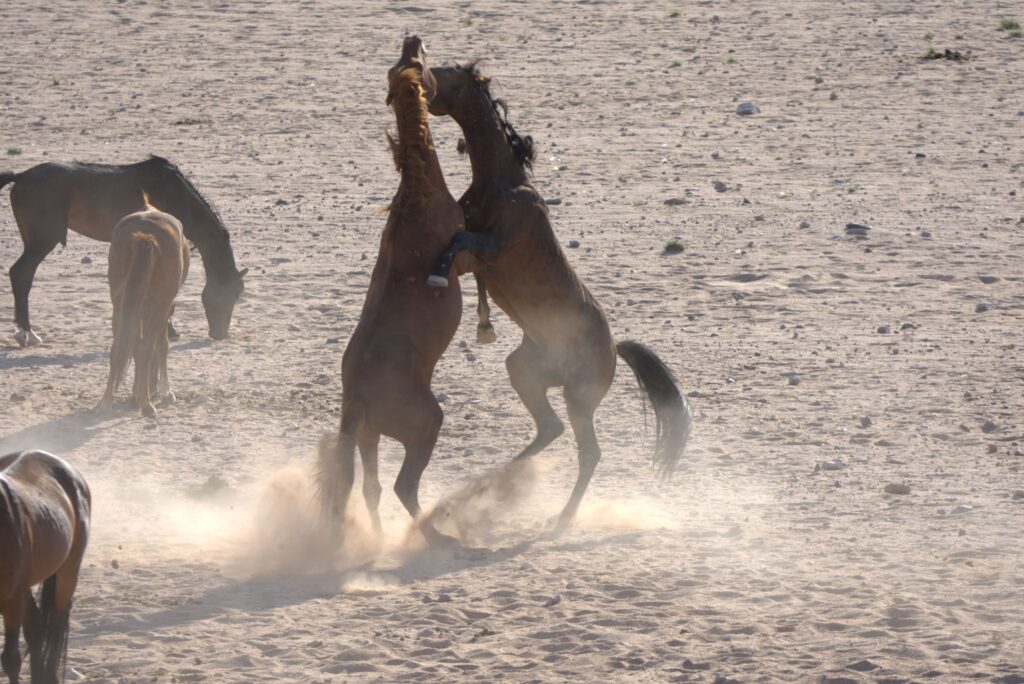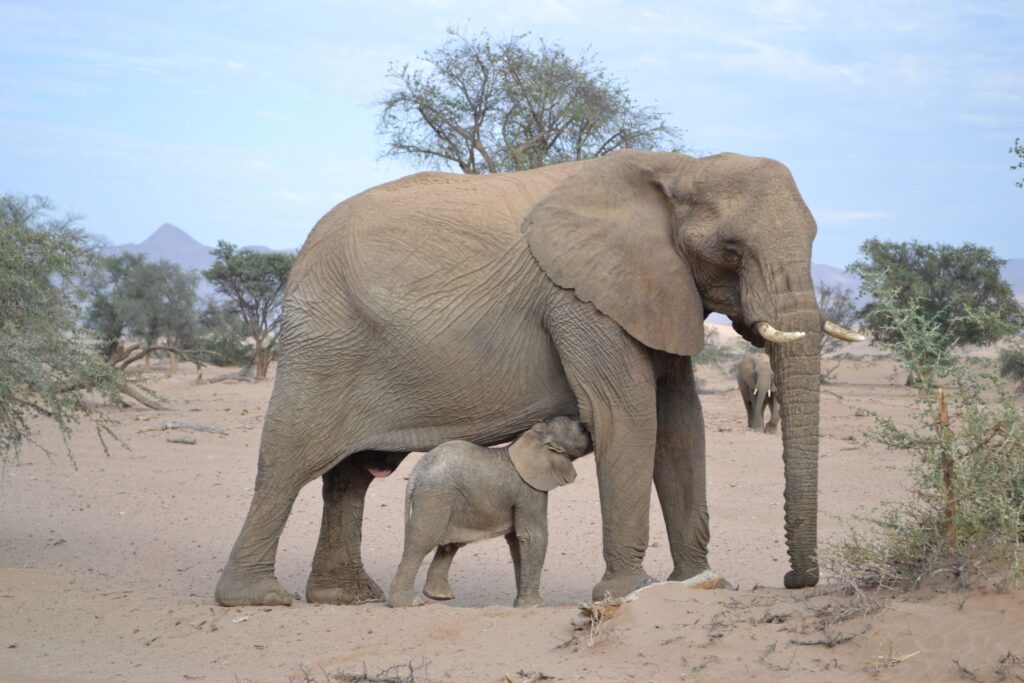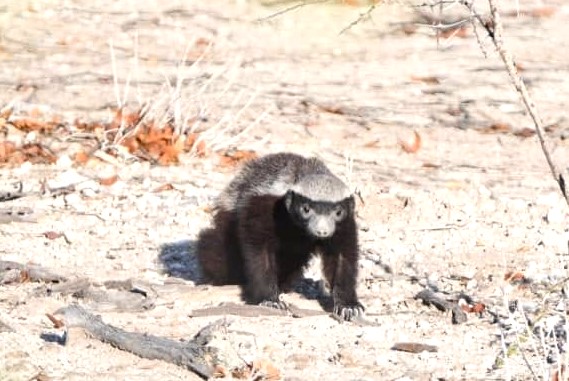The Wild Horses of Namibia
The desert horses of Namibia, often referred to as the Namib Desert horses, are a unique population of feral horses that have adapted to the arid and harsh conditions of the Namib Desert. Although not a separate breed, Namib Desert horses show specific adaptations for desert life. They have developed a remarkable tolerance to heat and limited water, allowing them to survive on much less water than typical horses. They can go several days without water and are known to travel miles to reach water sources.
These horses tend to have a leaner, more muscular build compared to domestic horses, a trait that helps them endure long treks across difficult terrain. Many of the horses have dark or bay-colored coats, which may help reduce the risk of sunburn in intense sunlight. Namib Desert horses have adapted to survive on sparse vegetation, feeding primarily on hardy desert grasses. This diet provides minimal nutrition, which these horses manage to make the most of. Their daily visits to the waterholes are brief and highly efficient, often drinking once every 2–3 days. This water-saving strategy allows them to survive with minimal hydration in extreme temperatures.
Namibia’s desert horses are primarily found in the Namib-Naukluft National Park, specifically around the Garub Plains near the town of Aus, which lies southwest of the Namib Desert. The Garub waterhole is a key resource for these horses, maintained by Namibia’s government to support their survival.
Mysterious Ancestry of the Garub horses
The origins of Namibia’s desert horses are unclear, but prevailing theories suggest they are descendants of horses abandoned by German or South African forces during WWI or released by farmers during a severe drought in the early 1900s. Their lineage likely includes a mix of Arabian and other European breeds, which may explain some of their physical endurance.
The desert horses are a significant attraction for tourists visiting the Namib-Naukluft National Park. Revenue from tourism contributes to maintaining water sources and funding further conservation efforts.


